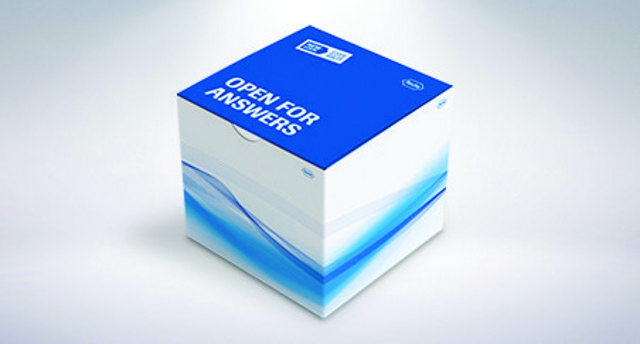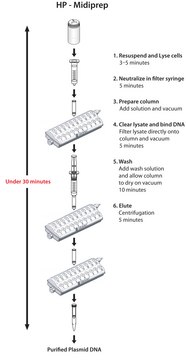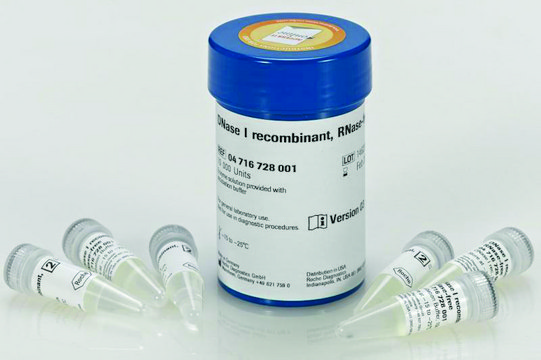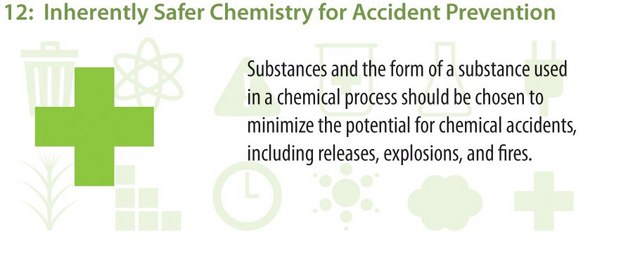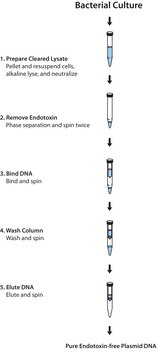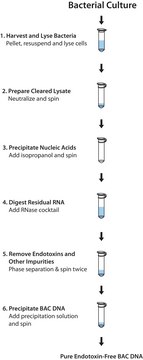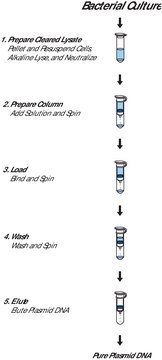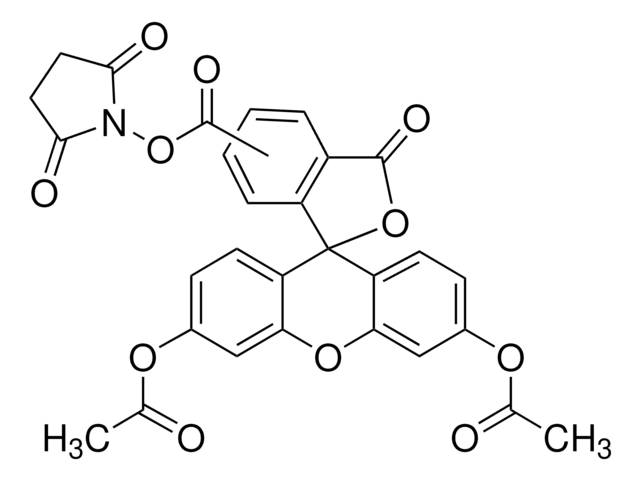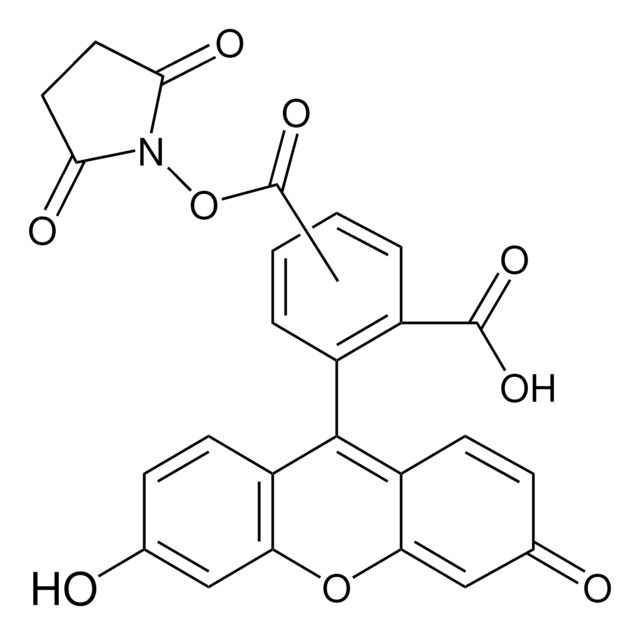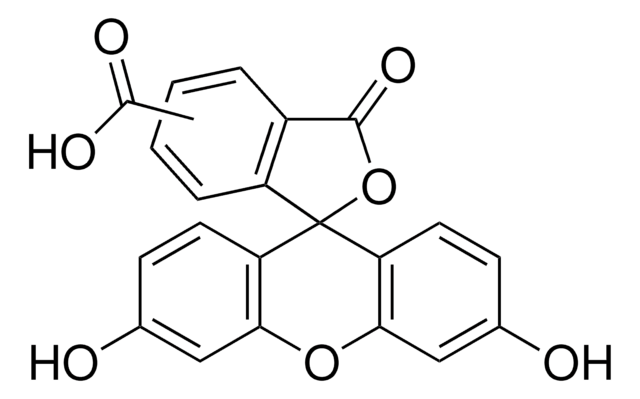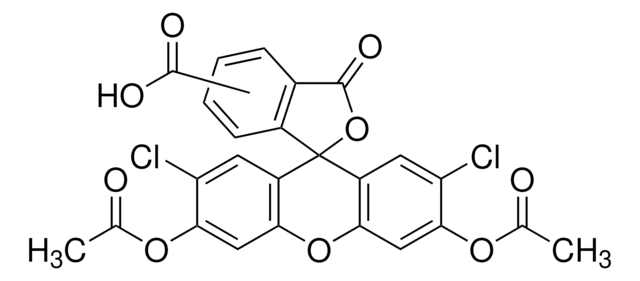Key Documents
Safety Information
03143414001
Roche
Genopure Plasmid Midi Kit
kit of for 20 isolations from 5 to 30 ml
Synonym(s):
plasmid isolation
Select a Size
CN¥4,549.28
Estimated to ship onApril 07, 2025Details
Select a Size
About This Item
CN¥4,549.28
Estimated to ship onApril 07, 2025Details
Recommended Products
1 of 4
This Item | 21878 | 21877 | 21884 |
|---|---|---|---|
| fluorescence λex 492 nm; λem 517 nm in 0.1 M Tris pH 8.0 (esterase) | fluorescence λex 492 nm; λem 517 nm in DMF | fluorescence λex 492 nm; λem 517 nm in 0.1 M Tris pH 8.0 | fluorescence λex 470 nm; λem 529 nm in 0.1 M Tris pH 8.0 (esterase) |
| solubility DMF: soluble, DMSO: soluble | solubility DMF: soluble, DMSO: soluble | solubility - | solubility DMF: soluble, DMSO: soluble, methanol: soluble |
| form solid | form powder | form powder | form - |
| storage temp. −20°C | storage temp. −20°C | storage temp. - | storage temp. −20°C |
| Quality Level 200 | Quality Level 200 | Quality Level 200 | Quality Level 100 |
General description
The purity (checked by the ratio of A260/A280) is 1.8 + 0.2.
No RNA is detectable.
The kit components have been tested for the absence of nucleases according to current quality control procedures.
Application
- Transfection
- Southern blotting
- Sequencing
- PCR
- Restriction analysis
- Cloning
Features and Benefits
- Save time with ready-to-use reagents.
- Purify all sizes and types of plasmid,
- Process multiple samples in parallel
- Eliminate the use of hazardous organic compounds
- Obtain higher purity plasmid DNA
Components
- Suspension Buffer
- RNase A
- Lysis Buffer
- Neutralization Buffer
- Equilibration Buffer
- Wash Buffer
- Elution Buffer,
- NucleoBond AX 100 Columns
- Folded Filters (150 mm diameter)
- Sealing Rings
Quality
Plasmid recovery was tested with 50 μg purified plasmid. The recovery was >90%, with more than 80% in supercoiled form. The yield of plasmid DNA was determined by isolating pBS from DH5a cells. From 30 ml culture volume with a density of A600 between 3 and 6, >85 μg of plasmid DNA was obtained.
The purity (checked by the ratio of A260/A280) is 1.8 + 0.2.
RNA contamination was analyzed with 3 μg pBS purified with the standard procedure and checked by electrophoresis on an agarose gel. No RNA was detected.
The kit components have been tested for the absence of nucleases according to current Quality Control procedures.
Preparation Note
Analysis Note
E. coli culture that contains a high-copy number plasmid: 5 to 30 mL bacterial culture
E. coli culture that contains a low-copy number plasmid: 10 to 100 mL bacterial culture
Plasmid Size: The isolation procedure is suitable for all sizes of plasmid. Note: Lysates of larger constructs (up to 100 kb) should be cleared by filtration rather than centrifugation to avoid shearing the plasmid.
Time Required: 60 minutes (including filtration of the lysate)
Typical Yield:
High-copy number plasmid: 3 to 5 μg/mL culture
Low-copy number plasmid: 0.2 to 1 μg/mL culture
Product Purity: Isolated plasmid DNA is free of other bacterial components, including RNA.
Other Notes
Signal Word
Danger
Hazard Statements
Precautionary Statements
Hazard Classifications
Eye Dam. 1 - Flam. Liq. 3 - Met. Corr. 1 - Skin Corr. 1
Storage Class Code
3 - Flammable liquids
WGK
WGK 1
Flash Point(F)
100.4 °F
Flash Point(C)
38 °C
Regulatory Information
Choose from one of the most recent versions:
Already Own This Product?
Find documentation for the products that you have recently purchased in the Document Library.
Articles
Ion exchange chromatography is employed by the Genopure Plasmid Midi Kit and the Genopure Plasmid Maxi Kit.
Our team of scientists has experience in all areas of research including Life Science, Material Science, Chemical Synthesis, Chromatography, Analytical and many others.
Contact Technical Service